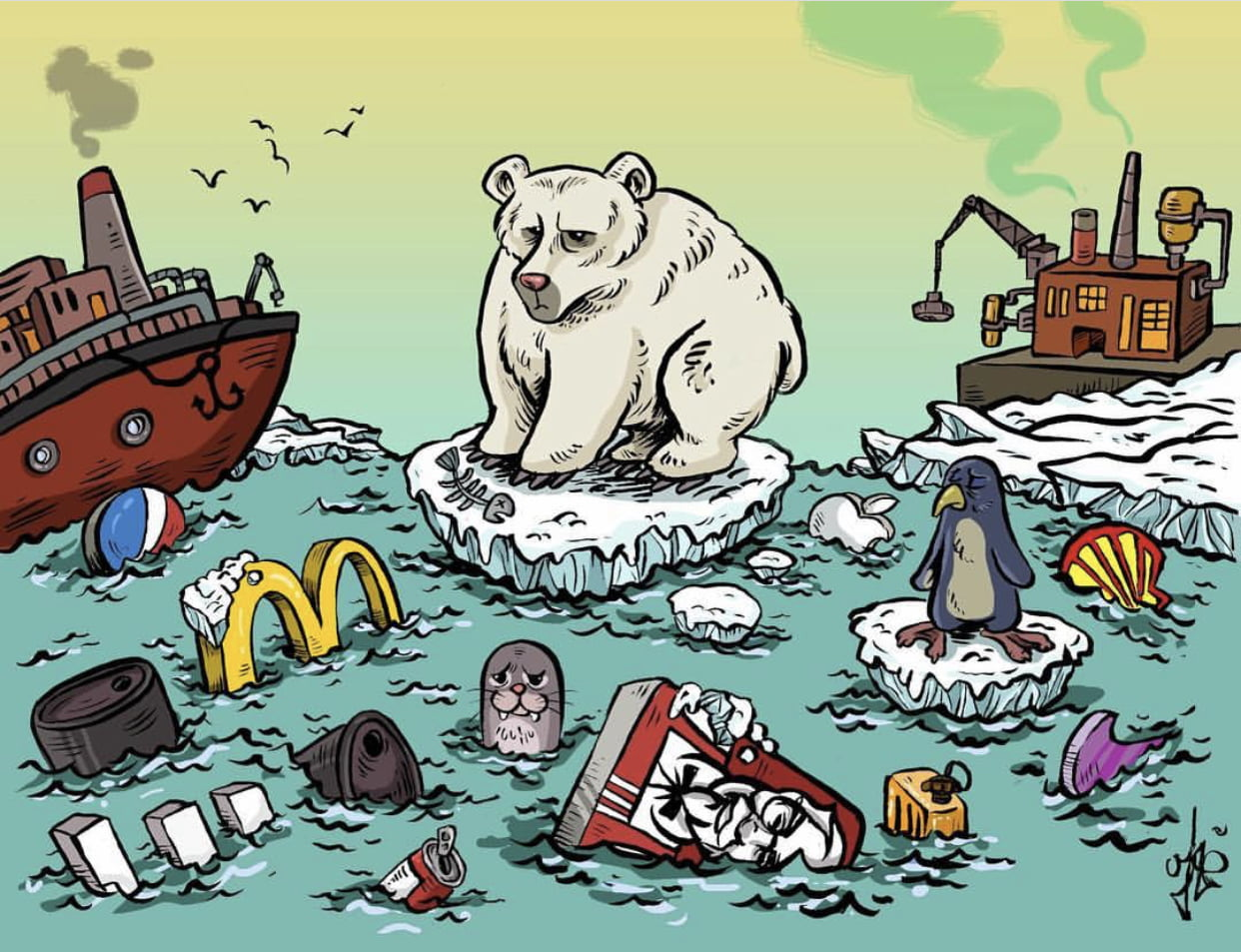Pollution And Toxics
Pollution And Toxics
Title: "The Silent Threat: Exploring Pollution and its Many Facets"
Introduction
In our rapidly developing world, pollution has become an omnipresent concern, impacting not only the environment but also our health and well-being. This blog will delve into the various aspects of pollution, shedding light on different types of pollution and their far-reaching consequences.
Why does pollution and toxics occurs?
Pollution and the presence of toxic substances result from a combination of human activities and natural events. Industries, transportation, agriculture, and improper waste disposal all contribute to environmental contamination. Urbanization and deforestation disrupt ecosystems, while inadequate regulations can exacerbate the problem. Pollution arises as a consequence of our modern way of life and is a pressing issue that requires comprehensive solutions to safeguard the environment and human health.
Effects of pollution and toxic
The effects of pollution and toxic substances on the environment and human health are widespread and can include:
1. Environmental Damage: Pollution can harm ecosystems, disrupt natural habitats, and harm plant and animal species. It can lead to air and water contamination, soil degradation, and biodiversity loss.
2. Human Health Risks: Exposure to toxins can lead to various health problems, including respiratory issues, cardiovascular diseases, cancers, and neurological disorders. Pollutants in air, water, and food can pose significant health risks.
3. Water Pollution: Pollutants in water bodies can harm aquatic life, contaminate drinking water sources, and disrupt marine ecosystems. It can also lead to waterborne diseases.
4. Air Pollution: Poor air quality can cause respiratory illnesses, aggravate existing health conditions, and contribute to premature deaths. It can also harm crops and vegetation.
5. Climate Change: Some pollutants, like greenhouse gases, contribute to global warming and climate change, leading to more frequent and severe weather events.
6. Soil Contamination: Toxic substances in the soil can affect the quality of crops and pose a risk to food safety.
7. Economic Costs: Pollution can result in economic losses due to healthcare expenses, decreased agricultural yields, and damage to infrastructure.
8. Long-term Consequences: The effects of pollution and toxic exposure may have long-lasting and intergenerational consequences, impacting future generations.
Efforts to reduce pollution and minimize exposure to toxic substances are crucial for mitigating these harmful effects on the environment and public health.
The various types of pollution and toxics
Measure to be careful and protect yourself
Here are measures to protect yourself from pollution and toxic substances:
Conclusion
~Abishek kumar T.S



Comments
Post a Comment